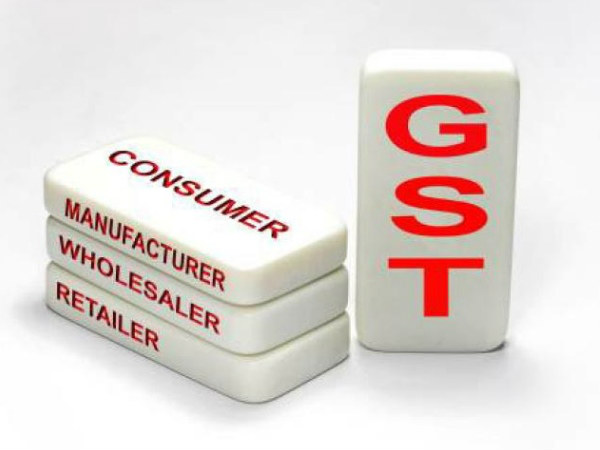Top 5 Private Sector Banks Offering Up To 7% Returns On 3-Year FDs To Senior Citizens
[ad_1]
Read More/Less
Yes Bank
Yes Bank is now offering elderly people a 7% interest rate on fixed deposits maturing in three years for deposits of less than Rs 2 crore. On August 5, 2021, the bank modified its fixed deposit interest rates, and the current rates for elderly citizens are as follows.
| Period | Interest Rates | Annualised Yield |
|---|---|---|
| 7 to 14 days | 3.75% | 3.75% |
| 15 to 45 days | 4.00% | 4.00% |
| 46 to 90 days | 4.50% | 4.50% |
| 3 months to | 5.00% | 5.00% |
| 6 months to | 5.50% | 5.54% |
| 9 months to | 5.75% | 5.83% |
| 1 year | 6.25% | 6.40% |
| 18 Months to | 6.50% | 6.66% |
| 3 Years to | 7.00% | 7.19% |
| Source: Bank Website |

RBL Bank
RBL Bank is currently offering elderly citizens an interest rate of 6.80 percent on Domestic, NRO, NRE, and Flexi Fixed Deposits worth less than Rs 3 crore maturing in three years. The interest rates on fixed deposits at RBL Bank were last amended on September 1, 2021, and the most current interest rates specifically for senior people are as follows.
| Period | Interest Rates |
|---|---|
| 7 days to 14 days | 3.75% |
| 15 days to 45 days | 4.25% |
| 46 days to 90 days | 4.50% |
| 91 days to 180 days | 5.00% |
| 181 days to 240 days | 5.50% |
| 241 days to 364 days | 5.75% |
| 12 months to less than 24 months | 6.50% |
| 24 months to less than 36 months | 6.50% |
| 36 months to less than 60 months | 6.80% |
| Source: Bank Website |

IndusInd Bank
IndusInd Bank is providing elderly folks a 6.50 percent interest rate on domestic deposits of less than Rs 2 crore maturing in three years. The bank’s interest rates were last adjusted on July 23, 2021, and the current rates for senior citizens exclusively are as follows.
| Period | Interest Rates In % | Annualised Yield In % |
|---|---|---|
| 7 days to 14 days | 3 | 3 |
| 15 days to 30 days | 3.25 | 3.25 |
| 31 days to 45 days | 3.5 | 3.5 |
| 46 days to 60 days | 3.75 | 3.75 |
| 61 days to 90 days | 3.9 | 3.9 |
| 91 days to 120 days | 4.25 | 4.25 |
| 121 days to 180 days | 4.75 | 4.75 |
| 181 days to 210 days | 5.1 | 5.13 |
| 211 days to 269 days | 5.25 | 5.32 |
| 270 days to 354 days | 6 | 6.09 |
| 355 days to 364 days | 6 | 6.09 |
| 1 Year to below 1 Year 6 Months | 6.5 | 6.71 |
| 1 Year 6 Months to below 1 Year 7 Months | 6.5 | 6.77 |
| 1 Year 7 Months to below 2 Years | 6.5 | 6.77 |
| 2 years to below 2 years 6 Months | 6.5 | 6.88 |
| 2 years 6 months to below 2 years 9 Months | 6.5 | 7.05 |
| 2 years 9 months upto 3 years | 6.5 | 7.11 |
| Above 3 years upto 61 months | 6.5 | 7.36 |
| Source: Bank Website |

DCB Bank
DCB Bank is offering a 6.45 percent interest rate on Resident Senior Citizens Fixed Deposits of less than Rs 2 crore maturing in three years. The interest rates stated below are in effect for older persons solely as of August 17, 2021.
| Period | Interest Rates | Annualised Yield |
|---|---|---|
| 7 days to 14 days | 4.85% | 4.85% |
| 15 days to 45 days | 4.85% | 4.85% |
| 46 days to 90 days | 4.85% | 4.85% |
| 91 days to less than 6 months | 5.55% | 5.55% |
| 6 months to less than 12 months | 5.95% | 6.08% |
| 12 months | 6.05% | 6.19% |
| More than 12 months to less than 15 months | 5.80% | 5.93% |
| 15 months to less than 18 months | 6.00% | 6.18% |
| 18 months to less than 700 days | 6.00% | 6.28% |
| 700 days | 6.45% | 6.77% |
| More than 700 days to less than 36 months | 6.00% | 6.47% |
| 36 months | 6.45% | 7.05% |
| Source: Bank Website |

Bandhan Bank
Bandhan Bank is now providing elderly folks an interest rate of 6.25 percent on retail term deposits of less than Rs Cr maturing in three years. The bank’s interest rates on fixed deposits were last amended on June 7, 2021, and the current rates for senior citizens primarily are as follows.
| Period | Interest Rates | Annualised Yield |
|---|---|---|
| 7 days to 14 days | 3.00% | 3.75% |
| 15 days to 30 days | 3.00% | 3.75% |
| 31 days to Less than 2 months | 3.50% | 4.25% |
| 2 months to less than 3 months | 3.50% | 4.25% |
| 3 months to less than 6 months | 3.50% | 4.25% |
| 6 months to less than 1 year | 4.50% | 5.25% |
| 1 year to 18 months | 5.50% | 6.25% |
| Above 18 months to less than 2 years | 5.50% | 6.25% |
| 2 years to less than 3 years | 5.50% | 6.25% |
| Source: Bank Website |
[ad_2]





